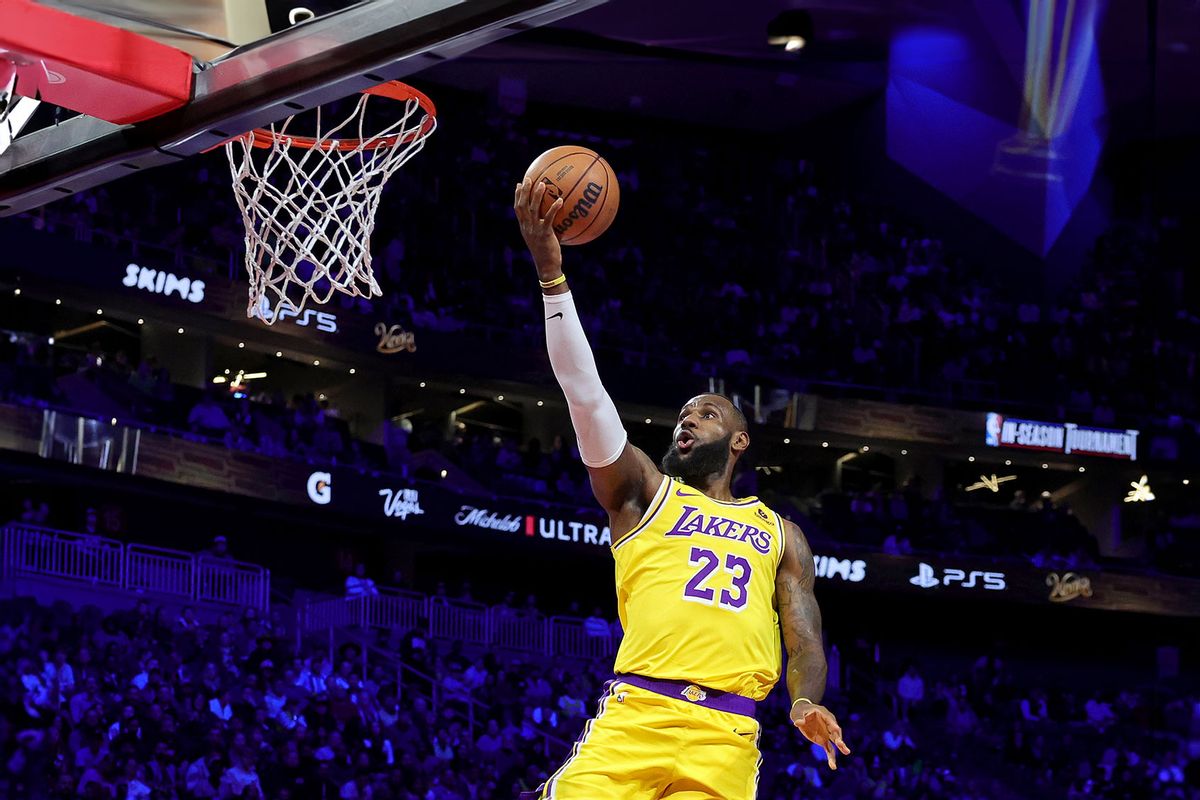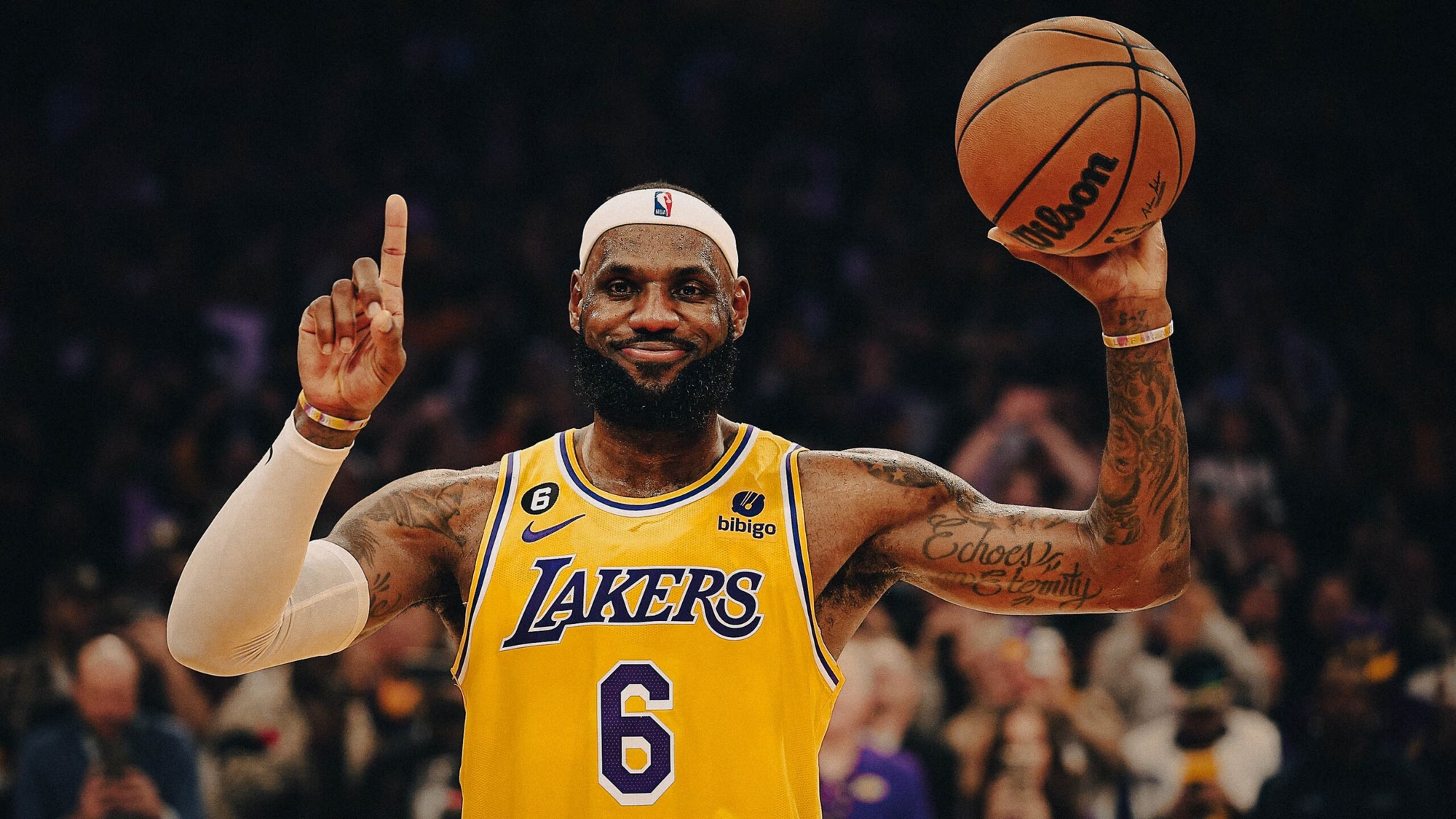The vampire, immune to the constraints of time, finds the passage of centuries condensed into mere days. In Bram Stoker’s renowned novel, “Dracula,” this phenomenon is eloquently described as “only a few days” comprising a century.
Were it not for his charitable nature, one might jestingly entertain the notion that LeBron James is a vampire. At 39 years old, embarking on his 21st NBA season, he exhibits scarce signs of mortality. This season, he maintained remarkable averages of 25.7 points, 8.3 assists, and 7.3 rebounds per game, having participated in 71 games during the 2024 season.

LeBron James seems to defy time much like Dracula, with decades passing for him as if they were mere days. It’s hard to believe that not too long ago, LeBron was an 18-year-old rookie straight out of high school, dominating the court against opponents 10 to 15 years his senior. As Edward R. Ward, the author of “Life in the Valley of Death: Some Aspects of Race in Men’s Basketball in the Missouri Valley Conference, 1959-60 – 1963-64,” recently remarked when evaluating James’ remarkable streak of uninterrupted excellence: “He’s been the best the longest.”

Throughout his 21-year tenure in the NBA, LeBron James has etched his name into basketball history in monumental ways. He surpassed Kareem Abdul-Jabbar’s seemingly unbreakable scoring record, ascended into the Top 5 for all-time assists, secured a spot in the Top 30 for all-time rebounds, and orchestrated four championship victories with three different teams, making appearances in 10 NBA Finals over his illustrious career.
Standing at an imposing 6 foot 9 and weighing 250 pounds, James possesses both immense strength and remarkable speed. In a legendary moment during Game 7 of the 2016 NBA Finals, he showcased his astonishing athleticism by sprinting at 20.1 miles per hour to execute a game-saving block, solidifying his status as one of the most dominant forces on the hardwood.
Despite his unmatched statistical superiority and unparalleled achievements, a significant portion of the sports community, including countless fans on social media, remains reluctant to crown him as the greatest of all time (GOAT).

During the 1990s, the era of his global zenith, Michael Jordan epitomized shrewd negotiation. Despite glaring injustices making headlines – such as the acquittal of the police officers involved in the Rodney King beating, the surge in racial profiling against Black commuters, and the escalating inflammatory rhetoric from prominent Republican figures like Newt Gingrich and Pat Buchanan – “Air” Jordan maintained a conspicuous silence. In stark contrast to the tradition embraced by notable Black athletes such as Bill Russell, Muhammad Ali, and Hank Aaron, who leveraged their athletic stardom for impactful activism, Jordan refrained from lending his iconic name or image to social justice campaigns. Infamously, he declined to endorse any political candidates, further solidifying his stance of neutrality.

In addition to dominating the basketball court, Michael Jordan wielded unparalleled influence in the realm of television commercials throughout the 1990s.
Jordan’s charismatic smile and ubiquitous presence in product placements made him an inescapable figure during this era. As noted by social critic Michael Eric Dyson in a 1993 essay for “Cultural Studies,” Jordan’s endorsements spanned a wide array of brands: from Wheaties to Chevrolet, Hanes to Coca-Cola, McDonald’s to Gatorade, and, of course, Nike. Dyson aptly observes that Jordan effectively capitalized on his image, transforming his cultural cachet into tangible wealth, influence, and status.
For a significant stretch of time, Jordan epitomized the quintessential pitchman of American society, seamlessly intertwining his athletic prowess with his commercial endeavors to become a symbol of both athletic excellence and consumer culture.